What is addiction? It’s a chronic brain condition that hijacks a person’s ability to control behaviors, often leading to harmful consequences.
Addiction isn’t just about drugs—it includes compulsions like gambling, gaming, and even social media.
Understanding Addiction
Addiction is defined by the compulsive use of a substance or engagement in a behavior despite negative outcomes. It alters brain chemistry, especially in the reward and motivation circuits. This makes quitting incredibly hard without help.
According to the American Psychological Association and National Institute on Drug Abuse (NIDA), addiction is a medical condition, not a moral failure. The World Health Organization (WHO) also recognizes behavioral addictions such as gaming disorder.
How Addiction Changes the Brain
The core of addiction lies in the brain’s dopamine system. Dopamine is a neurotransmitter that makes us feel good when we experience pleasure. Addictive behaviors and substances trigger massive dopamine spikes, creating intense feelings of reward.
Over time, the brain reduces its natural dopamine production, and the person becomes reliant on the addictive trigger just to feel normal. This creates tolerance, withdrawal, and obsession—all classic addiction symptoms.
Types of Addiction
Substance Addictions
- Alcohol Addiction: Excessive drinking, loss of control, withdrawal symptoms.
- Drug Addiction: Includes opioids, cocaine, meth, cannabis, and prescription drugs.
- Nicotine Addiction: One of the most common and deadliest addictions worldwide.
Link: Mental Health Support
Behavioral Addictions
- Gambling Addiction: Compulsive betting despite losses.
- Video Game Addiction: Excessive gaming leading to isolation, mood swings, and neglect of responsibilities.
Link: Video Game Addiction - Pornography Addiction: Repeated use despite emotional, social, or professional harm.
Link: Pornography Addiction - Social Media Addiction: Obsessive use, FOMO, and dopamine-driven scrolling.
Psychological Addictions
These are deeply tied to emotional states—addiction to attention, risk, or validation often fuels behavior even without physical substances.
Causes of Addiction
Biological Factors
- Genetics: A family history of addiction raises risk.
- Brain structure: Some people are wired to seek more intense rewards.
Psychological Triggers
- Trauma or adverse childhood experiences (ACEs)
- Co-occurring disorders like anxiety, PTSD, or depression
Environmental and Social Factors
- Peer pressure or social normalization of addictive behavior
- Easy access to substances or digital platforms
- Lack of healthy coping skills
Signs and Symptoms
Recognizing addiction early can lead to better outcomes.
Common Signs:
- Inability to stop despite consequences
- Neglecting work, relationships, or hygiene
- Mood swings, irritability, or anxiety
- Needing more to get the same effect (tolerance)
- Withdrawal symptoms when not engaging
The Role of Dopamine in Addiction
Dopamine isn’t the villain—but it plays a central role. With continued exposure to high-dopamine activities or substances, the brain becomes desensitized. This is why addicts often escalate use or seek stronger experiences.
Link: What Is Dopamine Addiction?
Neuroscience shows that addiction rewires reward pathways, weakens impulse control, and impairs long-term decision-making. The brain prioritizes the addictive behavior over everything else.
How Addiction Affects Life
Physically:
- Organ damage (liver, heart, lungs)
- Poor sleep and nutrition
- Increased risk of chronic disease and death
Mentally:
- Anxiety, depression, paranoia
- Loss of self-worth and identity
Socially:
- Strained or broken relationships
- Job loss or academic failure
- Isolation and shame
Stigma and Myths
- Myth: Addiction is a choice.
Fact: Addiction is a disease, not a moral flaw. - Myth: You have to hit rock bottom to get help.
Fact: Early intervention saves lives. - Myth: Addicts are weak.
Fact: Addiction can happen to anyone—strength is seeking support.
Diagnosing Addiction
Professionals use tools like the DSM-5 criteria and psychological assessments. Diagnosis often includes looking at patterns of behavior, withdrawal, tolerance, and level of life disruption.
Treatment Options
Detox
- Supervised medical withdrawal from drugs or alcohol
Therapy
- Cognitive Behavioral Therapy (CBT)
- Dialectical Behavioral Therapy (DBT)
- Trauma-informed therapy
Medication
- MAT (Medication-Assisted Treatment) for opioid or alcohol addiction
Rehab Programs
- Inpatient or outpatient programs offering structure, therapy, and support
Support Groups
- 12-Step Programs (AA, NA, etc.)
- SMART Recovery
Link: Behavioral Addictions
Recovery and Relapse
Recovery is a long-term process, not a quick fix. It includes:
- Self-awareness and accountability
- New coping skills
- Healthy routines and habits
- Ongoing therapy or coaching
Relapse doesn’t mean failure. It’s a sign that the plan needs adjustment.
Prevention Strategies
Personal
- Build healthy coping mechanisms
- Avoid known triggers
- Set boundaries and monitor behavior
Family & Parenting
- Open communication
- Model balanced behaviors
- Monitor screen time and social media
Link: Child Psychology
Community
- Education and outreach
- Access to mental health resources
- Supportive school and work environments
When to Seek Help
If you or someone you care about is experiencing multiple symptoms, don’t wait. Reach out to a therapist, doctor, or support group. Early action can change the entire trajectory of a life.
Conclusion
Addiction is a medical and psychological challenge, but it’s not a dead end. Understanding the brain science, emotional triggers, and social factors behind it empowers people to take back control. Whether it’s substances, screens, or behaviors—recovery is always possible with the right help.
References
- National Institute on Drug Abuse (NIDA): https://nida.nih.gov
- American Psychological Association (APA): https://www.apa.org/topics/addiction
- World Health Organization (WHO): https://www.who.int/news/item/14-09-2018-international-classification-of-diseases



